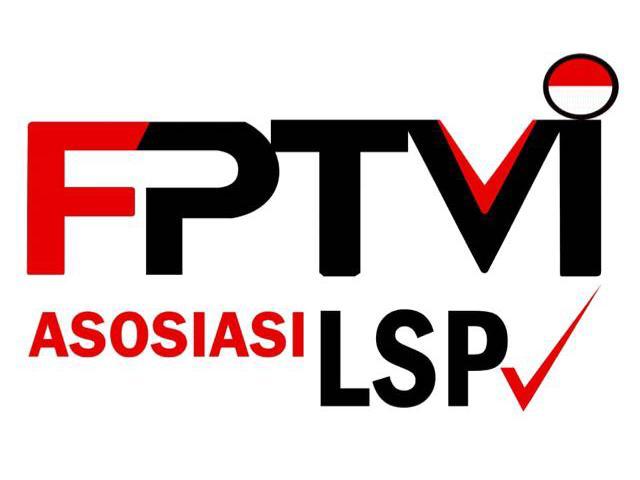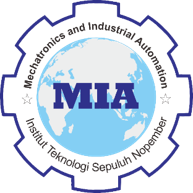Computational Study on Urea Concentration Profiles in Hemodialysis Hollow Fiber Membranes Under Different Blood Flow Conditions
Abstract
Keywords
Full Text:
PDFReferences
V. Kyneissia Gliselda, “Diagnosis dan Manajemen Penyakit Ginjal Kronis (PGK).” [Online]. Available: http://jurnalmedikahutama.com
J. Rivandi and A. Yonata, “Hubungan Diabetes Melitus Dengan Kejadian Gagal Ginjal Kronik.”
“Riskesdas - 2018 - Laporan Riskesdas 2018 Kementrian Kesehatan Republik Indonesia”.
A. M. dos Santos, A. C. Habert, and H. C. Ferraz, “POLYETHERIMIDE/POLYVINYLPYRROLIDONE HOLLOW-FIBER MEMBRANES FOR USE IN HEMODIALYSIS,” Brazilian Journal of Chemical Engineering, vol. 36, no. 4, pp. 1645–1652, Dec. 2019,
M. R. Goodarzi and D. Mohebbi-Kalhori, “Numerical modeling and parametric study of a hollow fiber dialyzer using double porous media approach,” S Afr J Chem Eng, vol. 42, pp. 1–11, Oct. 2022,
B. Banerji and S. K. Pramanik, “Binding studies of creatinine and urea on iron-nanoparticle,” Springerplus, vol. 4, no. 1, p. 708, Dec. 2015,
Z. Wang, S. Xu, Y. Yu, W. Zhang, and X. Zhang, “Numerical Simulation of Mass Transfer in Hollow Fiber Membrane Module for Membrane-Based Artificial Organs,” Membranes (Basel), vol. 14, no. 3, p. 67, Mar. 2024,
J. Yu, V. C. Chitalia, O. O. Akintewe, A. Edwards, and J. Y. Wong, “Determinants of Hemodialysis Performance:Modeling Fluid and Solute Transport in Hollow-Fiber Dialyzers,” Regen Eng Transl Med, vol. 7, no. 3, pp. 291–300, Sep. 2021,
N. Cancilla et al., “A porous media CFD model for the simulation of hemodialysis in hollow fiber membrane modules,” J Memb Sci, vol. 646, p. 120219, Mar. 2022,
A. E. Kozmai et al., “Characterization of New Experimental Materials for Hemodialysis Membranes and Simulation of Urea Dialysis Process with Their Use,” Membranes and Membrane Technologies, vol. 6, no. 3, pp. 181–192, Jun. 2024,
M. S. Islam and J. Szpunar, “Study of Dialyzer Membrane (Polyflux 210H) and Effects of Different Parameters on Dialysis Performance,” Open J Nephrol, vol. 03, no. 03, pp. 161–167, 2013,
S. Eslami, S. M. Mousavi, S. Danesh, and H. Banazadeh, “Modeling and simulation of CO2 removal from power plant flue gas by PG solution in a hollow fiber membrane contactor,” Advances in Engineering Software, vol. 42, no. 8, pp. 612–620, Aug. 2011,
J. L. V. Ortega, A. G. López, and E. A. R. López, “Simulation of fluid flow with Cuprophan and AN69ST membranes in the dialyzer during hemodialysis,” Biomed Phys Eng Express, vol. 11, no. 2, p. 025037, Mar. 2025,
Y. Nigatie, “Diffusion in Tube Dialyzer,” Biomed Eng Comput Biol, vol. 8, p. 117959721773200, Jan. 2017,
M. Farjami, A. Moghadassi, and V. Vatanpour, “Modeling and simulation of CO2 removal in a polyvinylidene fluoride hollow fiber membrane contactor with computational fluid dynamics,” Chemical Engineering and Processing: Process Intensification, vol. 98, pp. 41–51, Dec. 2015,
S. Eloot et al., “Protein-Bound Uremic Toxin Profiling as a Tool to Optimize Hemodialysis,” PLoS One, vol. 11, no. 1, p. e0147159, Jan. 2016,
T. L. Sirich, B. A. Funk, N. S. Plummer, T. H. Hostetter, and T. W. Meyer, “Prominent Accumulation in Hemodialysis Patients of Solutes Normally Cleared by Tubular Secretion,” Journal of the American Society of Nephrology, vol. 25, no. 3, pp. 615–622, Mar. 2014,
F. J.-G. Luo, K. P. Patel, I. O. Marquez, N. S. Plummer, T. H. Hostetter, and T. W. Meyer, “Effect of Increasing Dialyzer Mass Transfer Area Coefficient and Dialysate Flow on Clearance of Protein-Bound Solutes: A Pilot Crossover Trial,” American Journal of Kidney Diseases, vol. 53, no. 6, pp. 1042–1049, Jun. 2009,
J. Yu, V. C. Chitalia, O. O. Akintewe, A. Edwards, and J. Y. Wong, “Determinants of Hemodialysis Performance:Modeling Fluid and Solute Transport in Hollow-Fiber Dialyzers,” Regen Eng Transl Med, vol. 7, no. 3, pp. 291–300, Sep. 2021,
X. Yin et al., “A novel kinetic model estimating the urea concentration in plasma during non-invasive sweat-based monitoring in hemodialysis,” Front Physiol, vol. 16, Mar. 2025,
DOI: http://dx.doi.org/10.12962%2Fj23378557.v11i2.a22947
Refbacks
- There are currently no refbacks.
This work is licensed under a Creative Commons Attribution 4.0 International License. IPTEK The Journal of Engineering published by Pusat Publikasi Ilmiah, Institut Teknologi Sepuluh Nopember.
Please contact us for order or further information at: email: iptek.joe[at]gmail.com Fax/Telp: 031 5992945. Editorial Office Address: Pusat Riset Building 6th floor, ITS Campus, Sukolilo, Surabaya 60111, Indonesia.








